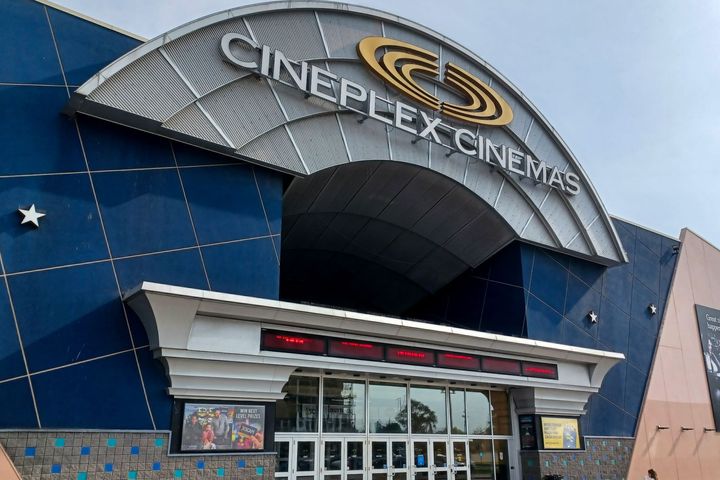
Fox and Fiddle location in Toronto suddenly shuts down
An iconic member of Toronto's Fox and Fiddle fleet suddenly closed its doors, and it left plenty of party people scrambling to make New Year's plans.
Few names in Toronto are as synonymous with an easy place to gather your crew to watch the big game or celebrate a holiday (I, myself, spend St. Patrick's Day 2024 there) as the Fox and Fiddle.
Up until the very end of 2024, the chain operated nine locations — "dens," as they call them — in Ontario, as well as one in Surrey, BC, with each independently franchised restaurant serving up a standard menu of pub fare, supplemented by drink specials and lively events throughout the year.
As of the start of 2025, though, the Fox's skulk (which, I just learned, is what you call a group of foxes) has lost a member, as one location suddenly closed its doors without warning on Dec. 31.
Perhaps the chain's most unique location in the city, given its home in the historic Somerset House (not to be confused with the nearby Somerset House Hotel on Church), Fox and Fiddle Wellesley cemented itself as a go-to spot in Church-Wellesley village for those more inclined towards casual pub nights than the lively drag shows and dancing that otherwise populate the neighbourhood's nightlife scene.
As is the case for the majority of bars and entertainment venues in the city, the pub was poised to be flooded with patrons on New Year's Eve, eager to ring in 2025 with a karaoke night, which took place at the restaurant every Thursday and Sunday night, as well as holidays.
It was just hours before the event was poised to begin, though, the pub's resident karaoke host (who also hosts a number of karaoke nights across the city), Brayo Bryans, took to Facebook to announce that Fox and Fiddle had closed permanently, and that the event was cancelled.

Toronto musician and local karaoke host, Brayo Bryans, announces the closure of the pub.
"It’s with a heavy heart that I share this news: Fox and Fiddle at 27 Wellesley St has permanently closed its doors," Brayo writes in the Facebook post.
"This means our Thursday and Saturday karaoke nights, as well as the New Year’s Eve show, will no longer be happening."
"I want to take a moment to thank Fox and Fiddle for being more than just a venue—it was my home, the place where I started my karaoke hosting journey, and where so many incredible memories were made," he goes on to write.
Brayo's sentiments are echoed by plenty of folks who've frequented the pub, whether for a one-off or a regular residency, the restaurant was inarguably a gathering place in the neighbourhood — luckily, this particular neighbourhood has no shortage of welcoming bars and restaurants if, in the wake of the closure, you've found yourself in need of a new home base.
At the time of publication, neither Fox and Fiddle nor the location's owner have responded to blogTO's request for comment on the reasoning behind the closure.
On the bright side, Fox and Fiddle still operates seven locations in Toronto, so you can get your fill of Fox elsewhere.
The greater question that looms is what will become of the heritage property that formerly housed the pub next.
Prior to its 11-year stint as the Fox and Fiddle, the building housed the Fiddler's Green pub, so I'd bet that you'll be filling up on pints there once again before too long, but the city will simply have to wait and see.
Fox and Fiddle Wellesley was located at 27 Wellesley East.
Latest Videos
Latest Videos
Join the conversation Load comments







